
Marilyn Koolstra returned home from the failed search for her missing husband, Eric Robinson, on Saturday, August 20, 2011. She and her daughter, Rachel Marsden, went straight from the Melbourne, Australia airport to a birthday party.
Rachel’s daughter, Annabel, was turning 6. Her husband, Jeremy, had invited friends over to celebrate.
“Jeremy had made a birthday cake in the shape of a lolly shop,” Rachel said. “We had a birthday party for 20 grade prep children that afternoon.”
It was a clash of moods. The exuberant kids did not understand the gravity of what Rachel, Marilyn and the rest of the people who knew and loved Eric were feeling. The adults all grappled with the grim understanding that Eric was dead, and that no one knew where he was or what’d happened to him.
“I was very upset and emotional for some time,” Rachel said. “I’d been really focused on a task up until that point, and also hoping it wasn’t that reality.”
Limbo after Eric Robinson’s disappearance
Marilyn, like her daughter, struggled with pent-up feelings of sadness, frustration, anger and despair upon her return to Australia.
“Walking back into the house without Eric and knowing that he would never be here again, that was a challenge. It was in my face. It was the lack of presence,” Marilyn said. “There was nobody sitting in that space of his on the couch. It was overwhelming that first day. I went out to the garden.”
Eric’s pride and joy had been the garden that surrounded his home in the forested suburb of Heathmont. He’d filled the space with Australian native plants, to draw in birds and wildlife.
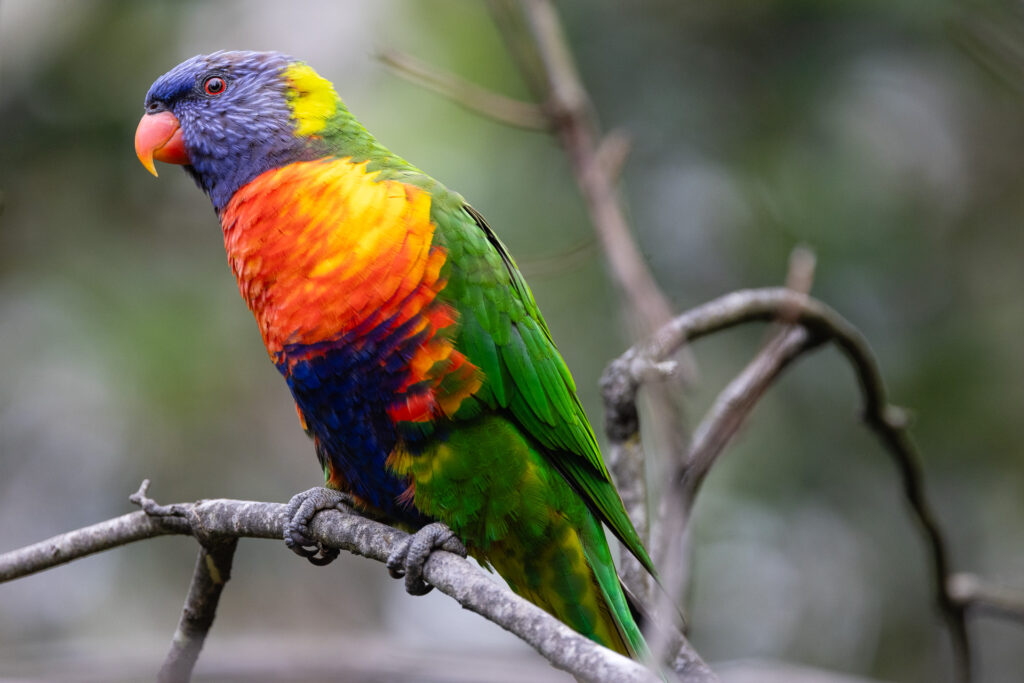
“I remember going out to the garden and walking around and just looking at what he had created and what he had enjoyed and thinking, ‘What do I need to do? What would he be doing,” Marilyn said.
Eric’s disappearance in the High Uintas Wilderness of Utah left Marilyn with many loose ends. Under the law in Victoria, Eric couldn’t be declared dead until at least 7 years passed. That meant Marilyn, as co-executor of Eric’s estate, couldn’t enact his last will and testament.
“Everything was in limbo,” Marilyn said. “There’s no end to that.”
Months went by, and winter arrived in the northern hemisphere. Marilyn understood the chances of anyone finding evidence of Eric’s passing diminished with each day, especially as snow buried the Uinta Mountains.
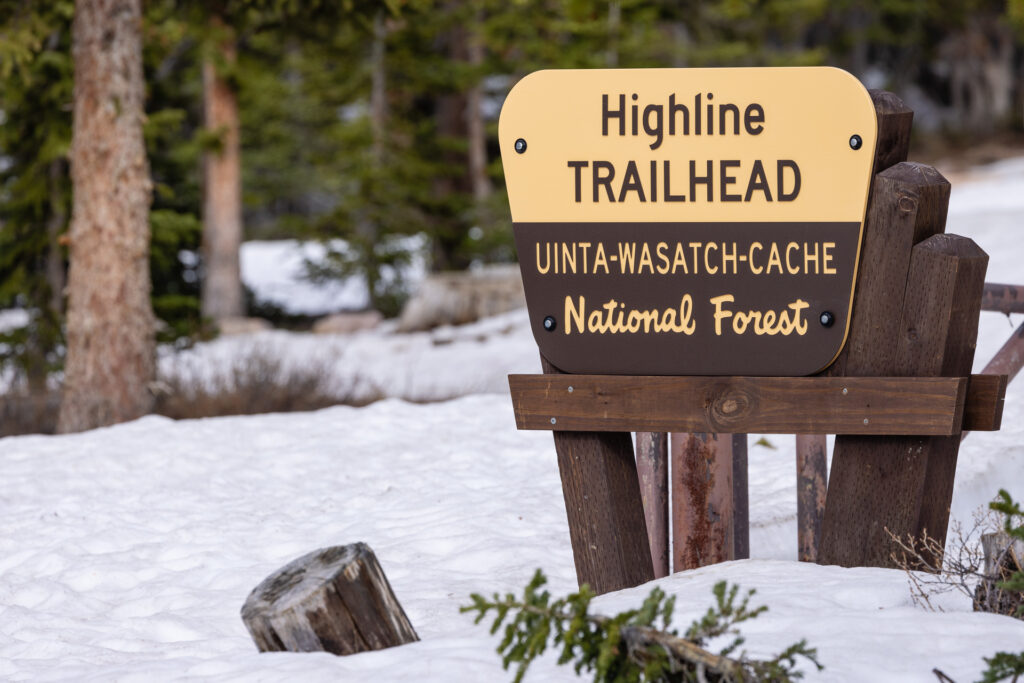
“I knew the seasonal access was coming to a close and didn’t really expect anything before Christmas of that year,” Marilyn said. “But every spring I hoped that with the melt and the hikers going up there, perhaps something would happen.”
But year after year, Marilyn found herself disappointed. The Uinta Mountains were not yielding up any clues.
Tending to Eric Robinson’s gardens
Marilyn occupied her time by redoubling herself to her career. She worked as principal at Valkstone Primary School, a role she relished. Eric had spent time there, too, as a handyman and gardener.
“I recall driving in there for the first time [after returning to Australia] thinking, ‘Eric’s missed here, too,’” Marilyn said. “The garden was in need of attention and the maintenance aspects hadn’t been done.”
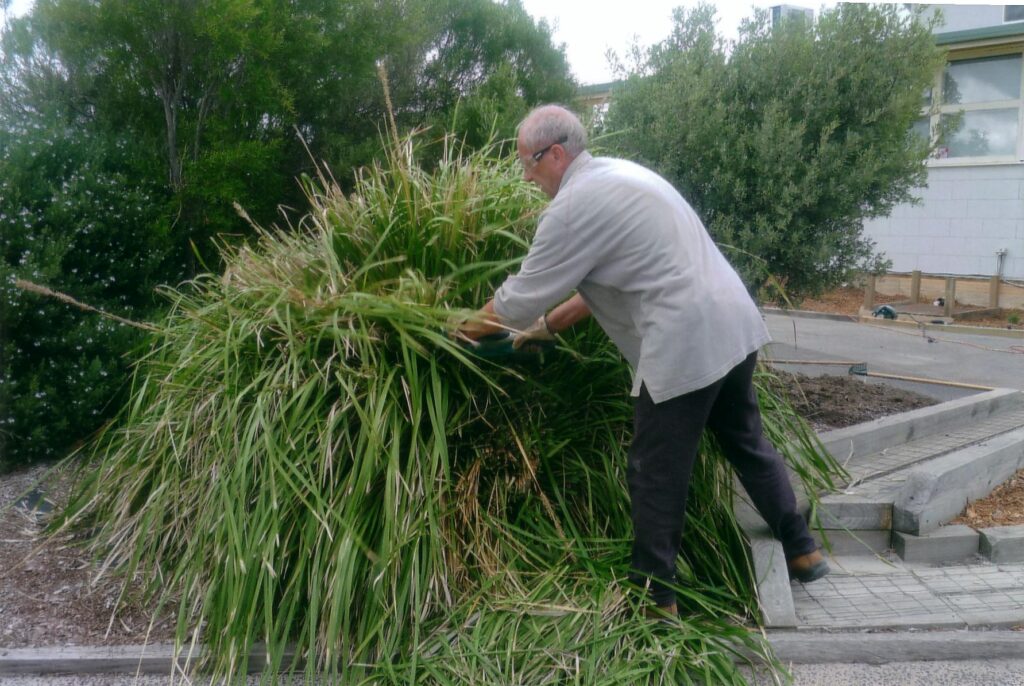
Seeing Eric’s work neglected stung Marilyn more deeply than she’d anticipated.
“Because he was very proud of that. We’d created gardens and play spaces. And one of the first things I did was go in search of a person to take on those tasks,” Marilyn said.
She tended to Eric’s home garden herself, keeping the banksias and grevilleas growing well. She added to the garden as well, finding ways to commemorate Eric. One day, she came across an old, worn-out pair of his hiking boots.
“I thought, ‘I know, I’ll just fill them up with soil and pot succulents, things that will grow readily,’” Marilyn said.

She placed the improvised planters on the patio, watering them as necessary. Over time, the succulents sprouted and expanded, filling the old boots with new life. Month after month, year after year, she showed her love to Eric by tending for his garden, not realizing another one of his boots would surface half a world away.
A surprise discovery at Allsop Lake
Five years after Eric Robinson’s disappearance a family in Utah departed for a summer vacation in the High Uintas Wilderness. One of the members of the family, Kelvin Judd, said it was an annual tradition.
“Some of my earliest outdoor experiences, I remember my dad putting me on a horse when I was five and we headed up to Amethyst Lake,” Kelvin said. “I’ve been to several of the basins. My dad would name them all.”
For this trip, Kelvin’s father Mark Judd selected Allsop Lake at the top of the East Fork Bear River drainage as the destination. Unlike some other popular spots in the Uinta Mountains, Allsop sees relatively light visitation in part because it is not linked by established trails to any of the other basins.
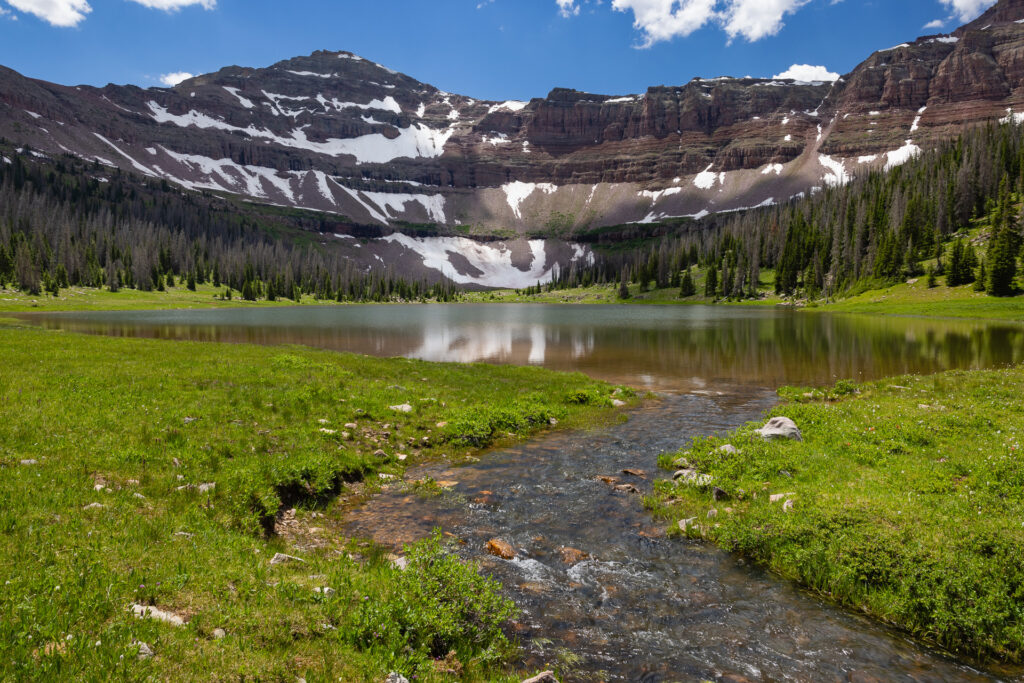
Kelvin was joined by his dad, his mom, some siblings and nephews.
“Arrived early in the afternoon and our plan was to be there two or three nights,” Kelvin said. “We set up camp there on the east side of the lake.”
The next day, on Thursday, August 18, 2016, Kelvin, his dad and brother, Kimball Judd, decided to take a hike away from camp. They wanted to find a way up to the top of a saddle, or ridge, east of Allsop Lake. The ridge separates the East Fork Bear River drainage from West Fork Blacks Fork basin, home to Dead Horse Lake.
The Judd men had been to the top of the saddle once before, years earlier, from the Dead Horse side.
“My dad’s in his 60s,” Kelvin said. “He wanted to see if we could get back up there on that pass and look over into Dead Horse.”
As the three men ascended the wooded slope behind their camp, they heard the voices of other hikers coming down from the ridge high above by way of a talus slope at the north end of the saddle.
“We decided not to go that way,” Kevin said.
They eyed another potential route to the top of the saddle, by way of a couloir a bit farther to the south, and started angling up across a steep, rock-strewn slope toward it.
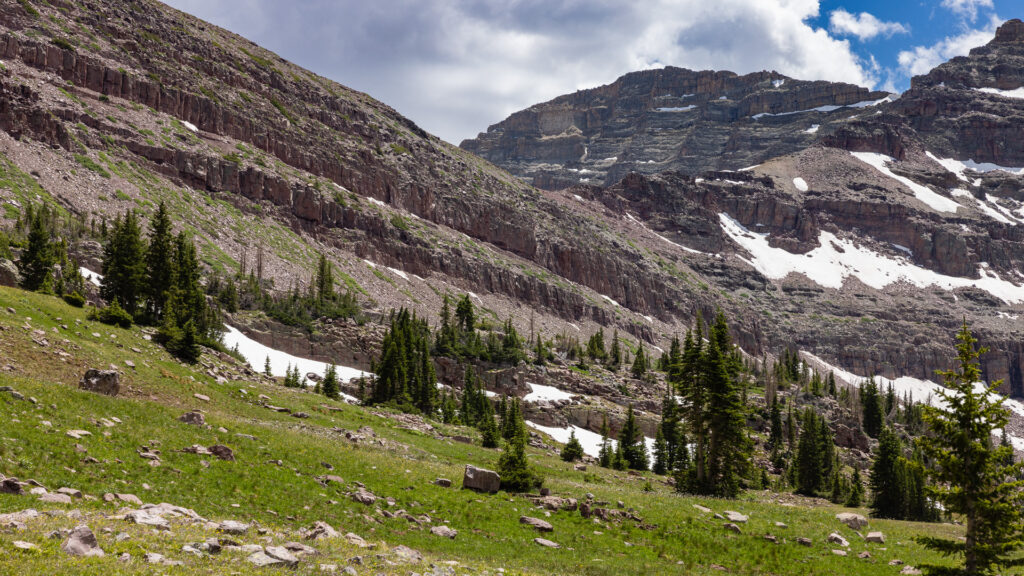
“We needed to get up closer to the head of the drainage to get to that place where we could scramble to the top because there are several bands of cliffs in the middle of that ridge that you can’t scale,” Kelvin said. “As we were angling up there … probably a hundred yards below us there was a great big boulder.”
Mark Judd spotted something red sitting against the uphill side of the rock. Kelvin was carrying binoculars and used them to take a closer look.
“I said, ‘That looks like a backpack,’” Kelvin said.
Sleuthing on the side of the mountain
Mark, Kimball and Kelvin were curious about how a backpack might end up on the slope, far from any established trail or campsites. They started working downhill through the rocks toward it, and soon came across more abandoned equipment.
“I could see something kind of flapping in the wind and, ‘That looks like a tent,’ or a piece of a tent or camp chair of something,” Kelvin said. “We found some trekking pole and that tent, and some articles of clothing. And it, just none of it added up.”

The Judds were confused as to who might’ve left clothing and supplies strewn across the slope, until they made the greatest discovery of all.
“The thing that really turned into something incredible, is my brother found a hiking boot there,” Kelvin said. “You just see the bottom of it from where we were standing and you see the Vibram sole. And I can still see that in my head. And he picked up that hiking boot and sticking out of the hiking boot was a tibia and fibula broken off below the knee, with hiking socks half-torn over it.”
Kelvin recognized they’d discovered the partial remains of a person.
“You kind of do a double-take,” Kelvin said. “You look up and you look down and you think, ‘Where did he come from? How did he get here? This is not where anyone would naturally end up.”
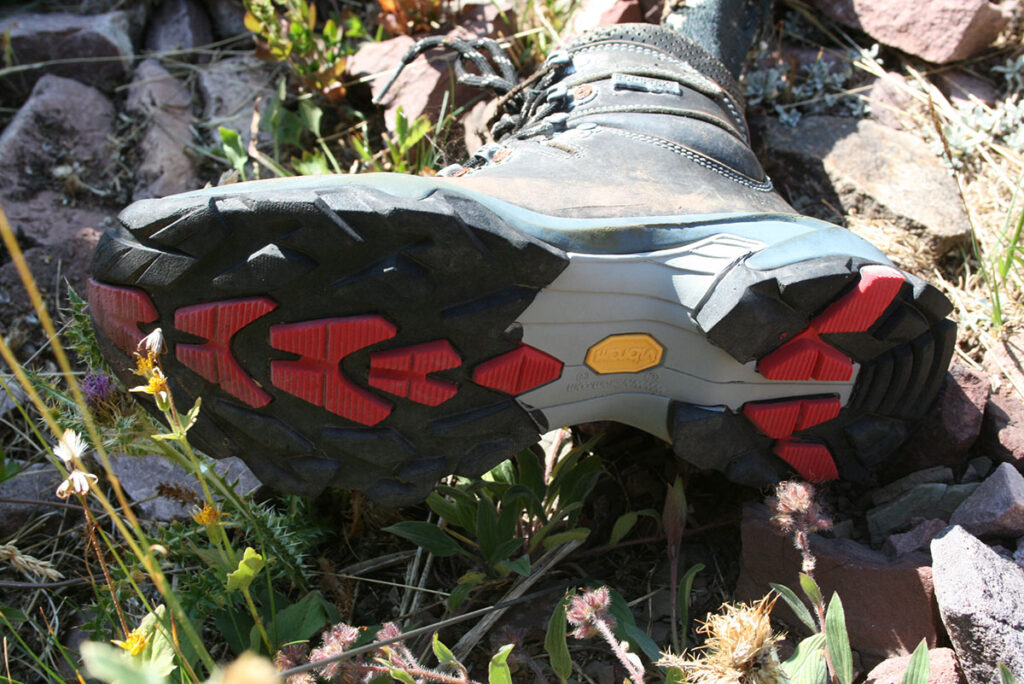
The Judd men continued down to the sun-faded red backpack. They opened the top flap and withdrew a sealed, bear-resistant food canister. It had an Australian flag sticker stuck to the outside.
“That was my first sleuthing,” Kelvin said. “I thought, Well, let’s see what the expiration date is on this food. And there was a granola bar in there that expired in 2012.”
That was one year after Eric Robinson’s disappearance. None of the Judd men were familiar with the story of Eric vanishing from the Uinta Highline Trail. They were soon to discover they’d just become key players in the unsolved case.
“On the bottom of that backpack was a wallet,” Kelvin said. “To our surprise, Australian driver’s license with Eric Robinson’s name on it.”